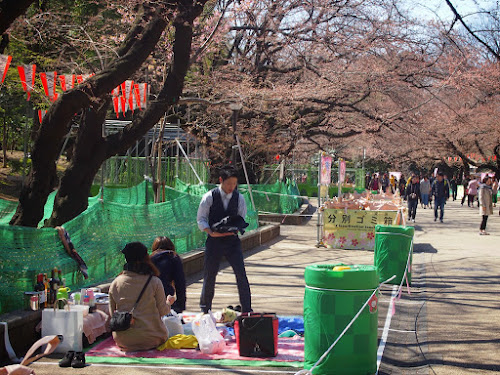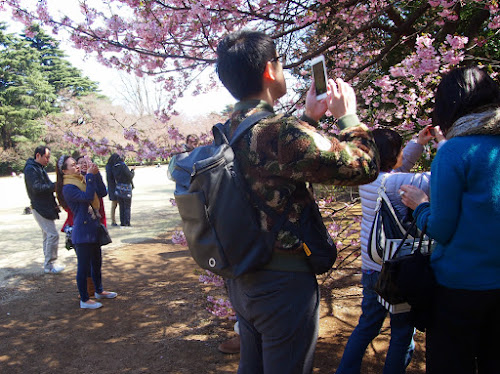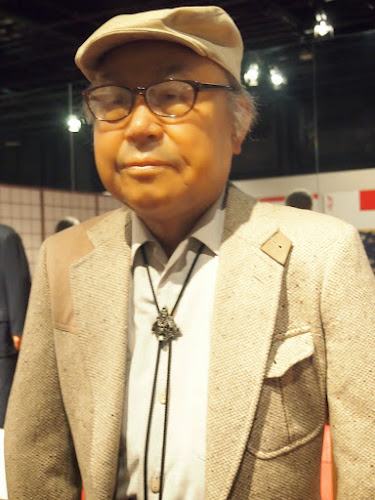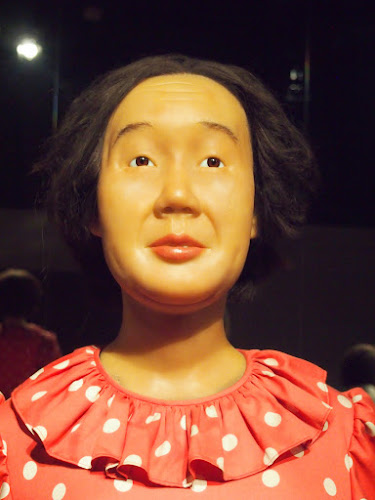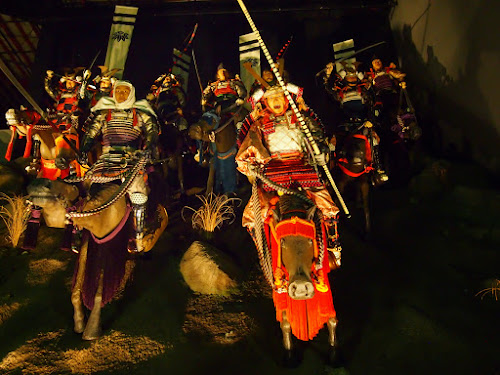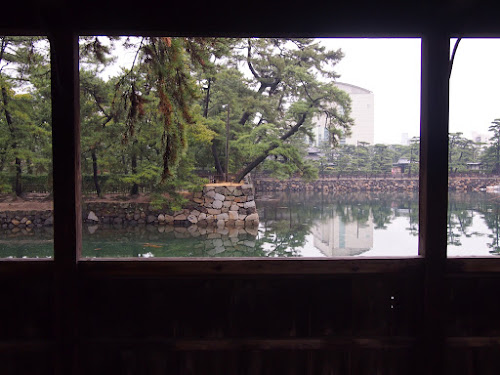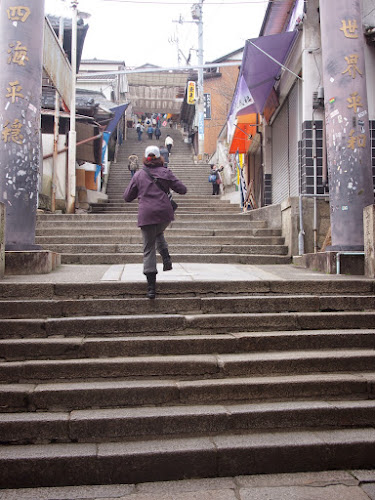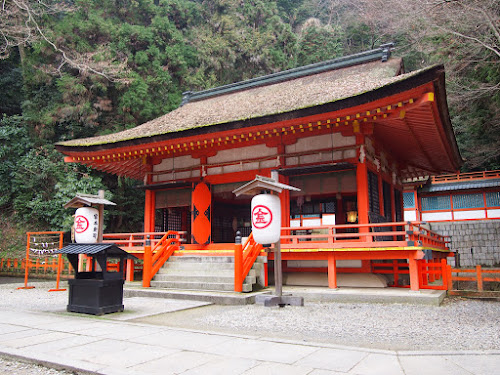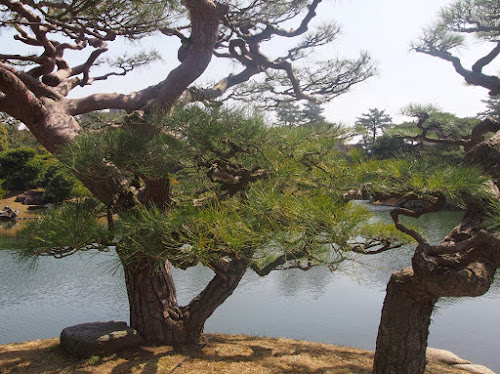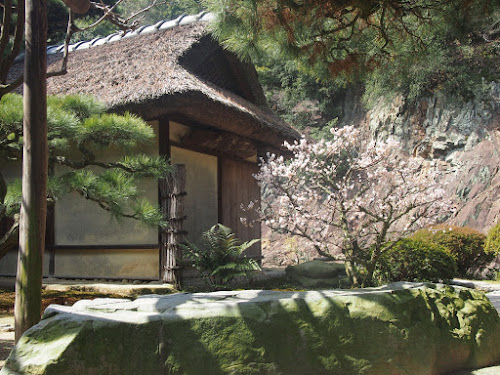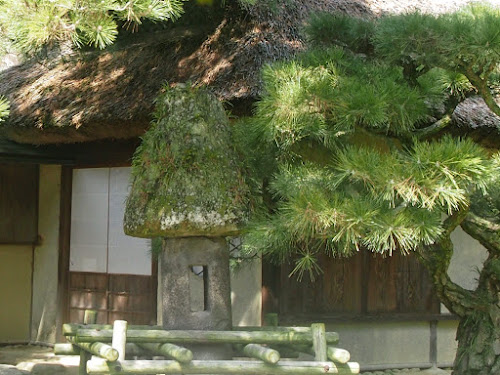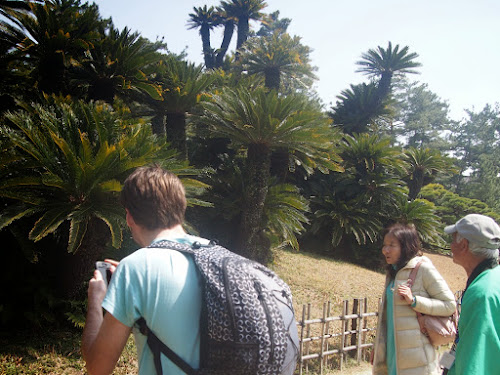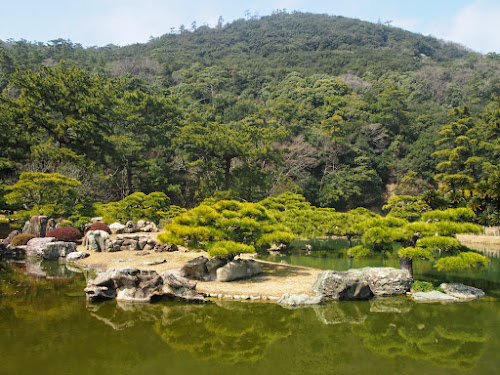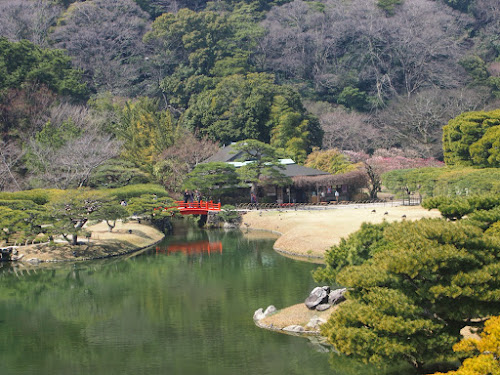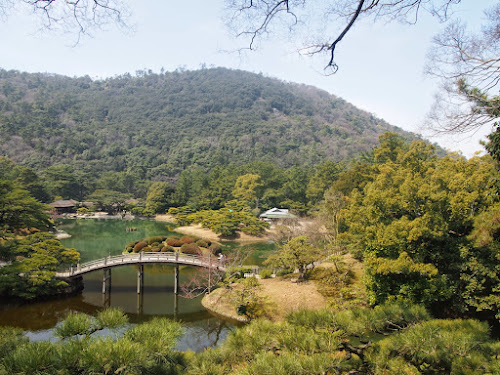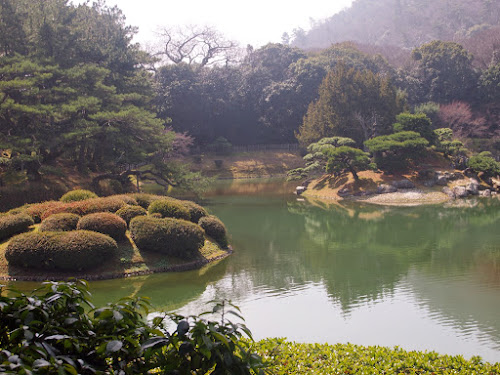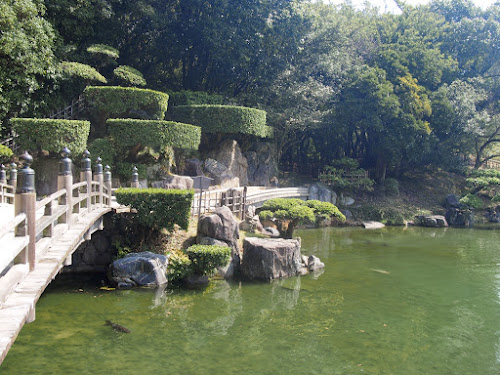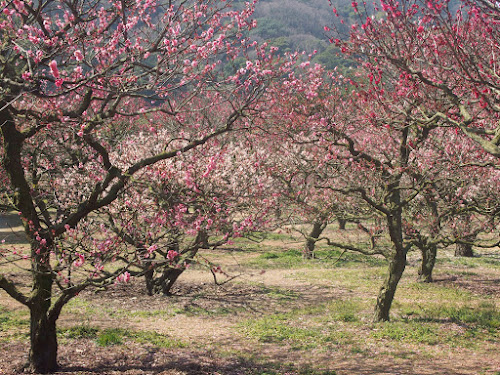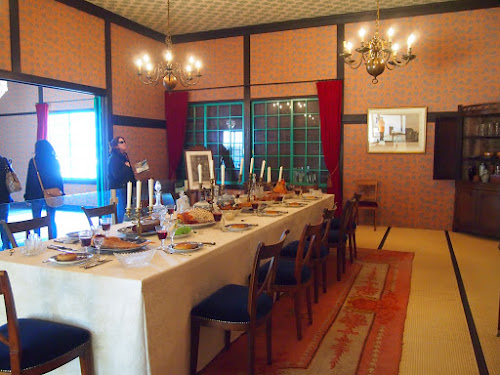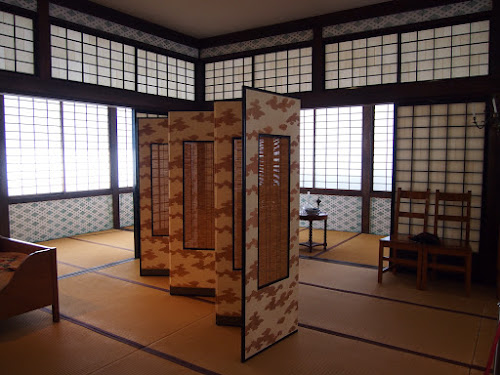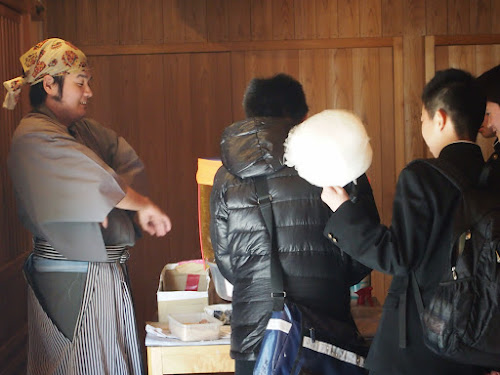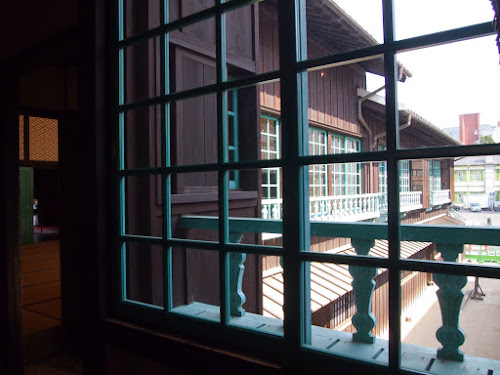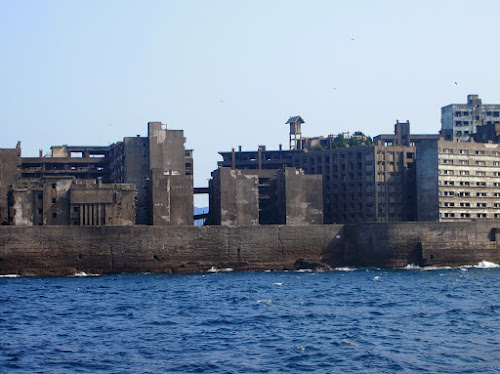It had been 20 years since we had been in Hawaii, a long time to be away from paradise. And, what a fitting destination to celebrate 30 years of marriage. We headed out before Christmas and just before the weather turned really chilly on Cape Cod.
Lanikai Beach, Kailua
(Yes, that’s a crab. We’re told they’re edible and are eaten raw.)
Amanda found us a great beach house on Lanikai beach in Kailua on Oahu. It was the ultimate in serenity with our choice of how to enjoy the warm Pacific in a gentle reef-protected cove always there off the back deck.
And, it was always worth getting up early.
Pillbox Trail
The mountains of Hawaii form an immense rippling backdrop to the sea. They are both inviting and intimidating. A short walk behind the house was the trailhead for the pillbox trail, taking us up to two pillboxes from World War II. Amanda, Jim & Ken headed up there to enjoy the views.
From the pillboxes we could see our rental house. It’s the one on the beach with the white roof, directly in from the canoe. Those are the Na Mokulua islands. They are both bird sanctuaries. Landing is only permitted on the one to the left.
Waimea Valley
Okay, swimming in the pool at the base of the 45′ waterfall at Waimea Valley wasn’t quite the communion with tranquil nature one might imagine, but Jim’s only complaint was that a waterfall generates a pretty powerful current for a so-so swimmer to battle against. Those rocks were kind of slippery, too.
But, the real attraction of the Waimea Valley is its role in conserving endangered and threatened plants and animals. Over the years, Hawaii has been invaded by alien plants and animals (such as the mongoose) that threaten its native habitat. The bird with the huge red beauty mark is the endangered ‘Alea ‘ula, of which only a few hundred remain.
The Waimea Valley is also a significant archeological site. It was known as the valley of the priests. The middle photo shows ancient livestock corrals. http://waimeavalley.net/
Christmas Day, 2015
We had an extra special present on Christmas. With the time difference, Kyle left Osaka on Christmas night and arrived Christmas morning. Quite the day.
Doris Duke’s Shangri La
(This is the guest house.)
In 1935, a non-smoking tobacco heiress on an extended globe-spanning honeymoon stumbled upon Hawaii and was completely smitten. Doris Duke hung out on Waikiki Beach with the legendary surfers (including one also known as “Duke”), ditched her husband after a few years, bought a prime beachfront estate in Honolulu, and indulged her interest in Islamic Art. She created Shangri La, a beautiful mansion with its own dock, and kept purchasing objects for what is now a museum until a year before her death in 1994. Wealth has its privileges. For trips off the island, the steamship company would anchor off her estate and send a launch in to pick her up. Unfortunately, no photography is permitted inside, but check it out at http://shangrilahawaii.org
A Celebration at Alan Wong’s
So, yes, we dragged everyone all the way to Hawaii to celebrate our 30th Anniversary. We were delighted with Alan Wong’s. http://www.alanwongs.com. The coconut in the bottom photo is actually haupia with a chocolate shell. Delicious.
A Luau Overlooking Waikiki Beach
Is it really a trip to Hawaii without going to a luau? We weren’t disappointed. Not only was the show on the roof of the Hilton at Waikiki quite entertaining, the food was actually good for a buffet event.
And, there was flower stringing and freestyle tattoo drawing by the dancers. Not bad, Ken!
The only concern by the end of the evening: were we overdressed?
Surf’s Up at Waikiki
We headed over to Waikiki so that Kyle, Ai, Ken & Amanda could taking surfing lessons. Martha and Jim opted to watch and – woa! – it was worth the price of admission! Thanks to the Hans Hedeman surfing school for the bottom five photos.
The End of the Monarchy
Since we were already in Honolulu, having taken one of the tunnels through the mountains, we stopped by Iolani Palace, home of the last Hawaiian monarchs. It’s a fascinating story presented in a well-balanced way for us naive tourists, and there is a museum downstairs. http://www.iolanipalace.org
A Pre-Dawn Hike up the Pillbox Trail
Amanda, Ai and Ken hiked back up the Pillbox Trail before dawn to watch the sunrise. Thanks for the pictures, Ken.
We Make for Na Mokulua in a Hawaiian Canoe
It’s back to the water. This time we hired an outfitter to take us out in a Hawaiian canoe in the reef-protected cove off of Kailua and Lanikai beaches (and our rental house) and out to the Na Molukua islands. We couldn’t get any photos of us in the canoe because we were too busy paddling. So, the top photo is the launch site on Kailua Beach and in the one just above we’re feeling good that we arrived safely on the island. The landing site is a little tricky because waves come in from both directions, that is, some pretty sizable waves come around the island from both directions and converge where you are trying to land or launch your boat. Lots of kayakers, especially, had their boats flipped and there were lots of people in the water. The canoe was somewhat more stable and we were taught to lean towards the ama (the float) attached to the canoe with the iako (beams holding the ama to the canoe). We managed to not flip over. Phew.


We weren’t alone on the beach. In addition to all of the other boaters relaxing before their trip back to Kailua, there were two endangered monk seals who had a whole section of the already-small beach roped off for them by a wildlife agent. Seals really do completely crash when they haul out of the water after a big meal. If they didn’t, of course, their sluggishness would make them an easy meal for our friends the sharks.




Our guide Ikaika took us on a walk to the other side of the island, filling us in on culinary potential of the different snails and sea urchins we came across and going for a swim with us in a great pool above the waves he said was called the Grecian Baths. He had prepared a snack for us at home that we all loved. It was Tahitian poisson cru, a lime and coconut milk-marinated ahi tuna. It was spectacular. We later ordered it at a restaurant, but were disappointed because it didn’t measure up to the one made by Ikaika. Yes, that’s his son in the top photo of this group. Nice kid.
There are no photos for the most exciting part of our canoe trip. After leaving the island, Ikaika decided that we should catch a wave. Unfortunately, his crew wasn’t as fast as he thought we were and we were inundated by three consecutive waves and swamped because the waves were faster than we were. We all moved away from the canoe and helped to turn it over to dump out the water and then Ikaika and Ken bailed it out. After climbing back in and wandering the area picking up our dry bags, slippers (flip flops), sunglasses, apples, and other non-tied-in gear, we continued for a while spotting a couple of sea turtles and powered by an electric oar until we were rested enough to finally catch a wave and paddle dramatically back onto Kailua Beach. Perhaps surprisingly, we arrived having loved the entire experience and everyone agreed they wouldn’t hesitate to do it all again. Well, and of course, Martha was smart to have stayed at home.
Old Woes Day (New Years) in Lanikai
There’s one way into the Lanikai neighborhood and the same way out and the traffic can be crazy when people are pouring in, with practically no place to park, wanting to visit a beach reputed to be one of the most beautiful in the world. One time we gave up and walked our groceries (probably some fish for the grill or some poke or cream cake from Foodland) to the house, leaving Ken sitting behind the wheel in the totally gridlocked traffic, barely a block away. So . . . the locals mount what they call the “Old Woes Day” parade every New Years Day to mostly bemoan all the traffic their corner of paradise attracts. They are, however, extremely friendly. Of course, we found that practically everyone we encountered on Oahu was, by East Coast standards, extraordinarily pleasant and friendly.
At Some Point, It’s Time to Go Home
But, the memories are all good ones.























































































































